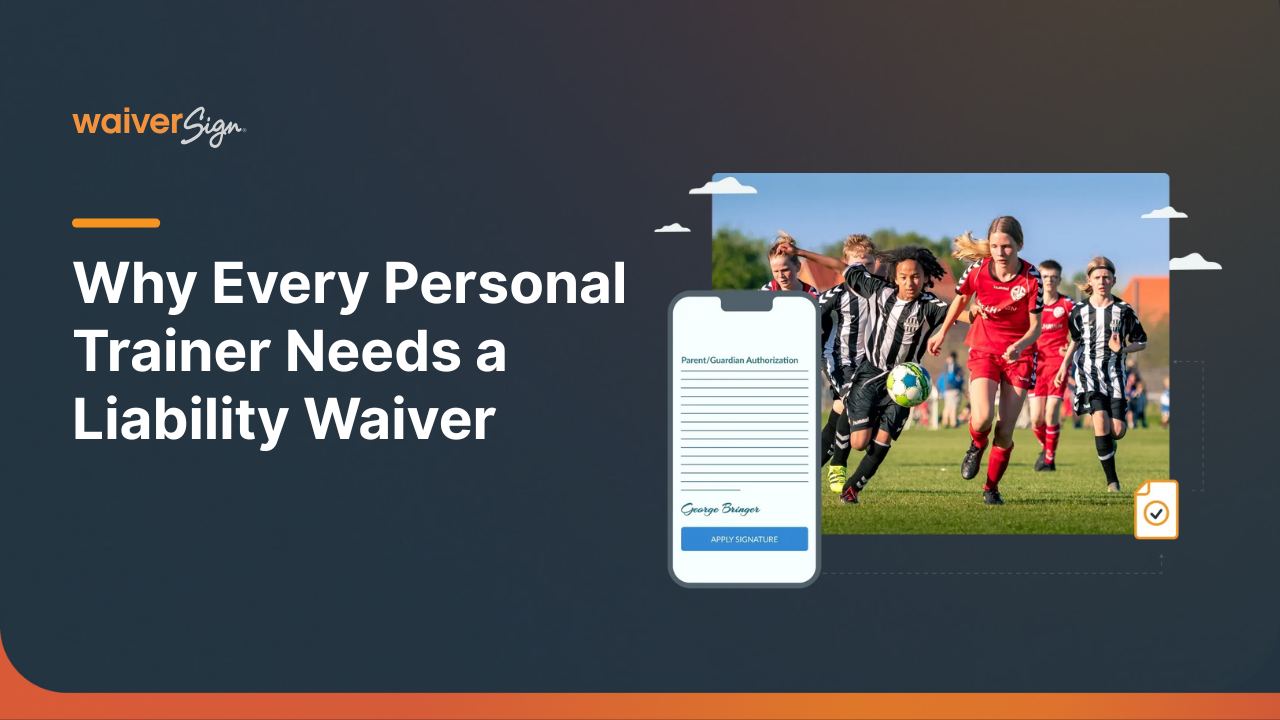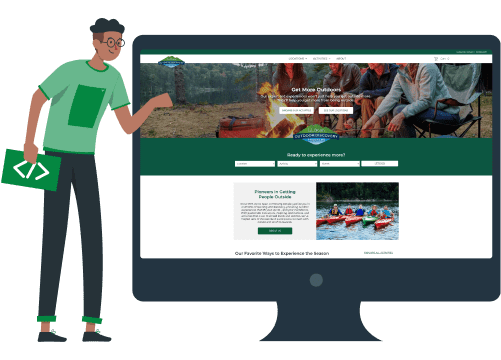A Better Way to Sign Photo Release Forms
Nikki DeSantis
Photo Release Forms: What They Are, Which One You Need, and How to Put Them to Use

What Is A Photo Release Form?
At its core, a photo release form lets the person signing the document give another person or company the right to use a given photo (or photos) in some way. In other words, it transfers control of how a photo is used.
Here’s a common example. Say a photographer takes a picture of a model and wants to use the photo in their portfolio to demonstrate their camera skills. That’s a commercial purpose, so the photographer needs permission from the subject of the photo (i.e. the model).
The photographer has the model sign a photography photo release form, which effectively transfers “ownership” of the photo from the person who’s in the photo to the person who took the photo. From there, as long as the language in the release form says so, the photographer can use the photo how they like.
Now, depending on the wording in the photo release form, it may transfer all rights regarding the photo, or it may only permit the photo to be used in specific ways.
Here are a few of the kinds of rights photo release forms can cover:
- Using the photo for commercial purposes (like in an advertisement)
- Using it for personal profit (like adding it to a photographer’s portfolio)
- Printing the photo
- Sharing the photo with someone else for them to use
- Displaying the photo publicly, like on a website or social media
There are many rights that can be granted with a release form. The key is creating one with language that fits the parties involved and the specific situation.
Who Signs The Photo Release Form?
This depends on who’s transferring rights, but there’s sometimes a series of releases as the photo changes hands.
When a photo is initially taken, a photographer will usually have the model (or models) sign a photo release form so that it can be used for the photographer’s profit. Then, the photographer might sign one when they sell it to a company for use in ads. And if that company is, say, a movie studio, even they may sign one giving rights to movie theaters to print posters and promotional material.
The important thing to remember is that the photo release form performs due diligence and protects each party’s ability to use the photo without legal conflict.
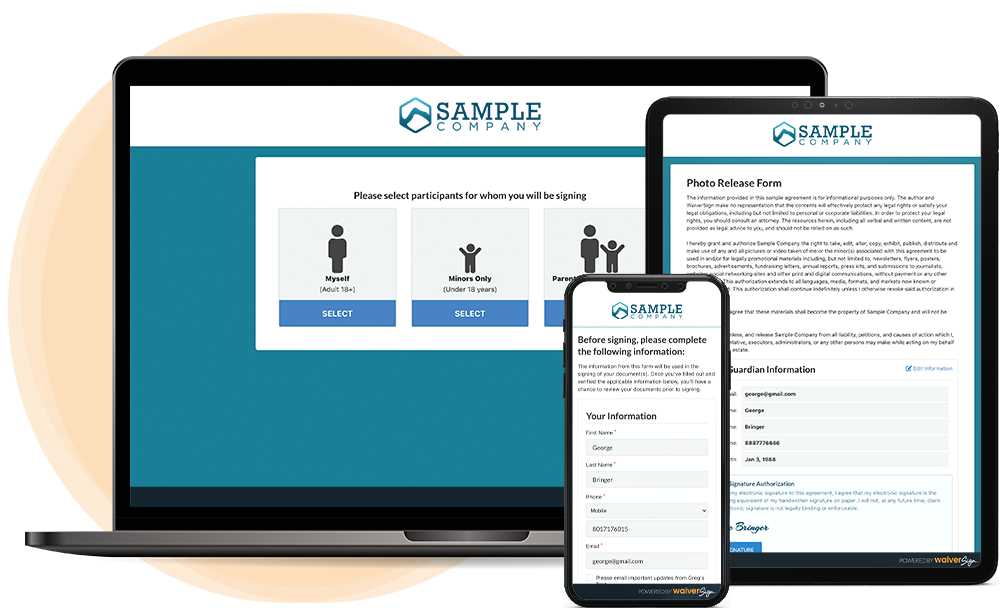
When Do I Need A Photo Release Form?
The number one reason for photo release forms is when the photo will be used for commercial purposes, and the photo contains the image or likeness of something you don’t own.
Who Has Rights to a Photo?
First and foremost, a photographer has a stake in every photo they take, since they are the artist that created the image. If the photo is of natural scenery, wild animals, or other things that don’t have a traditional “owner,” the photographer is the only one with rights to the image, and they can do what they want with it.
Things get more complicated when something in the photo is clearly recognizable. When a person, a pet, a home, a car, a building, or something else is in the photo that can be identified, they may also have rights to how the photo is used.
What Are “Commercial Purposes?”
The term “commercial purposes” is all about generating revenue. When someone stands to profit in some way by the use of the photo, even indirectly, this is a commercial purpose.
So, whether it’s a photographer selling the photo, or a company using the photo in an ad, it counts.
In other words, photos taken for private use are fair game. Once you try to use them to generate revenue, you’ll need a release form (unless you already hold sole rights).
The exception is the press:
- You can sell a photo to a newspaper or other news outlet under “freedom of the press.”
- But the photo must depict real events and be newsworthy.
What About Privacy?
Everyone has a likeness, and they have the right to control whether people profit from it. Laws that enforce this protect privacy, which is why you’ll need photo release forms when working with people who aren’t you.
These laws also protect against defamation. A photographer can’t just take your picture and sell it to the press saying you’re a terrible person without your consent.
Exceptions:
- When the likeness isn’t recognizable (blurred, obscured, poor lighting).
- When people are photographed in public areas. These photos can be sold to the press, but other commercial purposes are off-limits.
Minors are always treated differently. Anytime a photo of a child will be displayed publicly, whether for school events, sports teams, or marketing, a parent or legal guardian must give consent.
Learn more about minor photo release forms here.
What Type Of Photo Release Form Do I Need?
If you want your release form to stand up in court in the event of a dispute, it’s critical that you use the right one. These forms vary based on both the rights being transferred and the subject of the photo.
Releasing Different Rights
- Photo Release Form – A general contract for image use.
- Print Release Form – Grants the right to make physical prints of a photo.
- Image Copyright Release Form – Transfers full ownership of a photo to another party (often corporations).
Different Forms for Different Subjects
- Model Release Forms – For any identifiable individual.
- Minor Release Forms – Required for all minors, even if the use isn’t commercial.
- Property Release Forms – For identifiable property such as homes, cars, or artwork.
- Building Release Forms – For specific structures and landmarks, some of which restrict commercial use entirely.
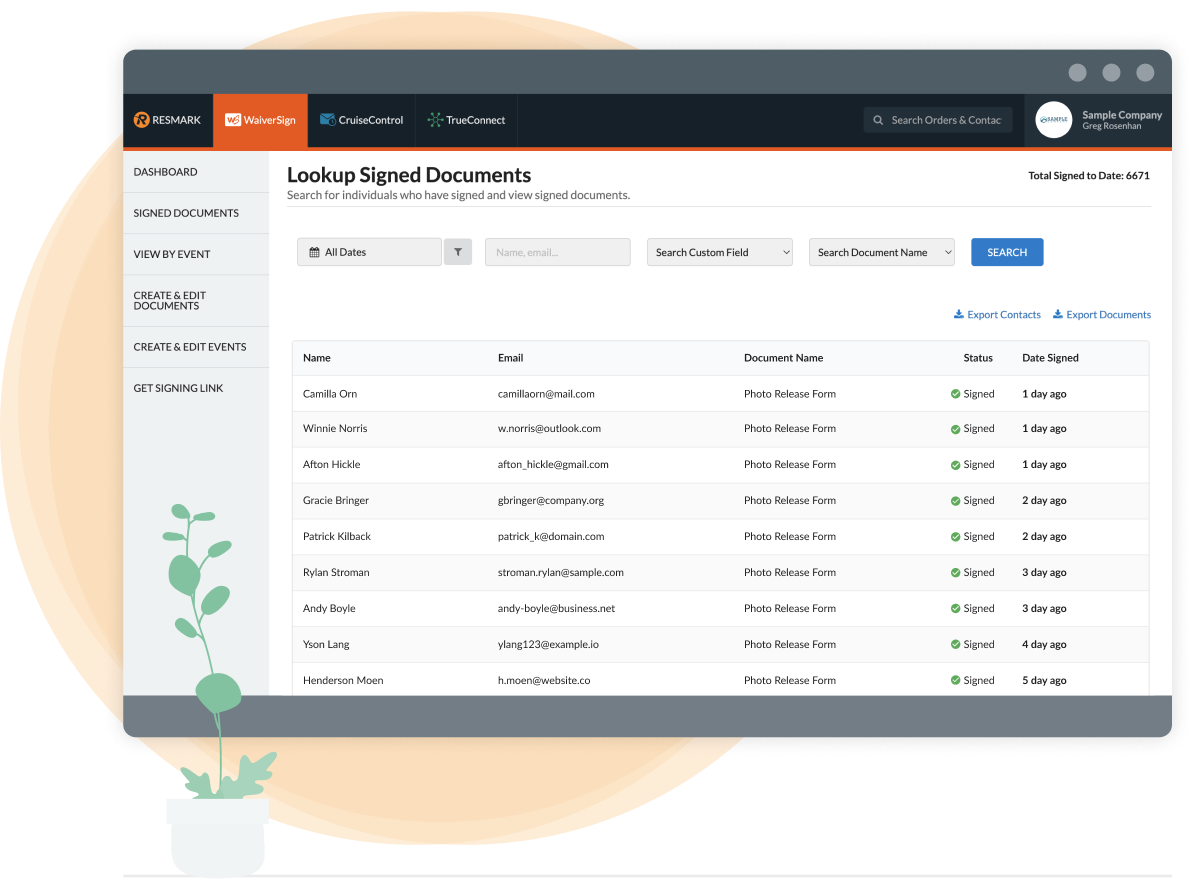
The Downsides To Paper Release Forms
Paper forms can work, but they come with significant downsides:
- Printing and storage costs
- Hard-to-read handwriting
- Lost or misfiled forms
- Limited access to data
- Difficulties sharing copies with all parties
For anyone handling dozens (or hundreds) of releases, paper quickly becomes unmanageable.
The Digital Solution
All of these problems can be solved with digital forms. WaiverSign’s photo release form builder makes it simple to:
- Customize forms to your needs (photo waiver release form, image waiver, social media release, and more).
- Collect signatures anywhere, anytime, on any device.
- Store all signed forms securely in the cloud.
- Instantly access customer information and trends.
- Send a simple link for quick signing before events or sessions.
Digital photo release signs make life easier for photographers, schools, camps, gyms, and businesses.

Pricing & Free Trial
With WaiverSign, you can pick the plan that best fits your needs. Every plan comes with unlimited storage, secure signatures, and full access to features. See WaiverSign pricing here and sign up for a 7-day free trial today.
FAQs About Photo Release Forms
Do I always need a photo release form for social media?
Yes, if you’re posting identifiable people (especially minors) on business or organization accounts. It protects you and shows professionalism.
Is a verbal agreement enough for photo consent?
No. Only written, signed photo release forms will hold up legally.
Can a photo release form be revoked after signing?
Generally, no. Once rights are granted, they can’t be retroactively pulled back unless your form specifies otherwise.
Are digital photo release forms legal?
Yes. Electronic signatures are legally binding under U.S. and international e-signature laws.
Do I need a separate release form for each photo?
Not always. Many forms cover “all photos taken during [event/session].” Just be clear in the wording.
What if a person refuses to sign a photo release form?
Then you cannot use their image for commercial purposes. Respect their decision.
Can I create one release form for both waivers and photo consent?
Yes. With WaiverSign, you can combine multiple agreements (like liability waivers + photo releases) into a single, easy-to-sign digital form.
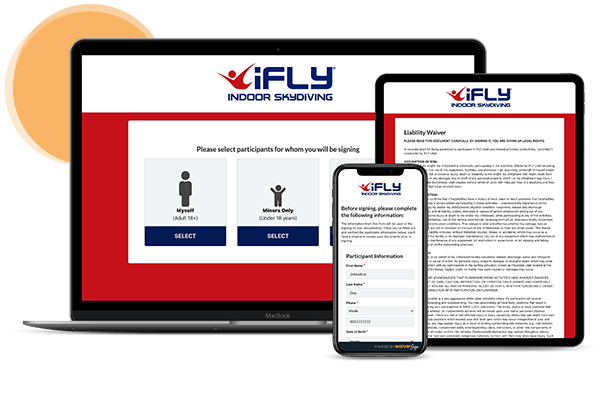
See If WaiverSign Works For You
Don't wait to make the next step in streamlining your business.







